Carnegie Mellon University
Pennsylvania
1900
Formerly “Carnegie Institute of Technology”
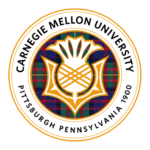
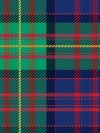
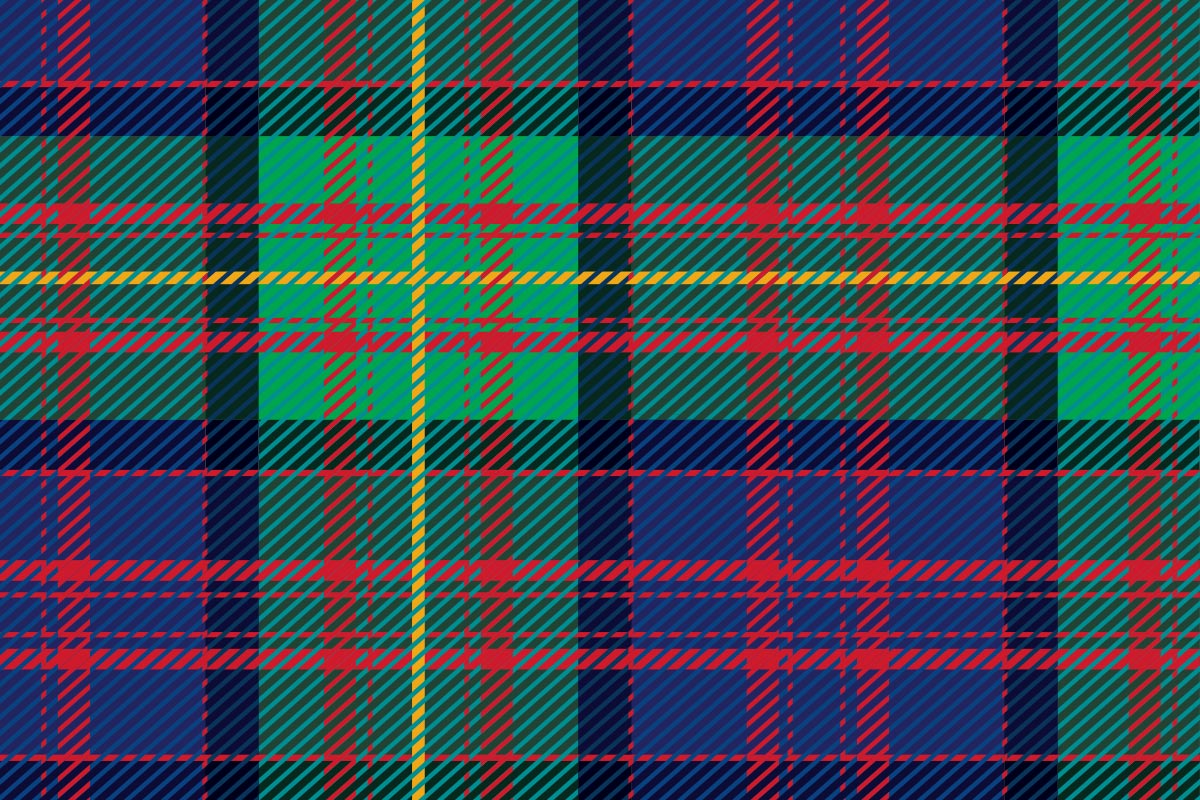
By 1900, most of the hundreds of colleges and universities in the United States had already selected one or two school colors, which meant that most of these colleges and universities shared their color or colors with several other schools. So to avoid this kind of duplication and to give their school a unique set of colors, the first students at Carnegie Institute of Technology decided to use tartan.
Andrew Carnegie, a Scottish immigrant and founder of the school, had an Edinburgh tartan-maker design a custom pattern for the school using four colors (blue, red, green, and yellow) and black. The four colors symbolized the four schools in the college at that time: Engineering, Arts, Industries, and the Women’s School.
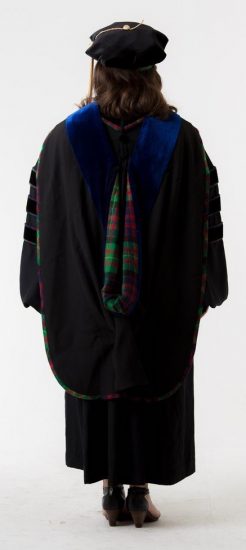
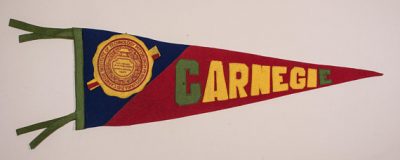
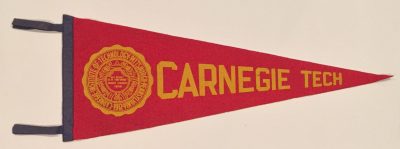

Citations in the World Almanac (listed by cover date; color information is from the previous year): Scotch plaid (1912); plaid (1913-1914); tartan plaid (1915-1918); plaid (1923-1931); red/yellow/green/blue (1934-1935)
Although it may have been assigned earlier, the academic hood lining design for the Carnegie Institute of Technology was first cited in a 1918 Encyclopedia Americana article on academic costume written by Gardner Cotrell Leonard, the Director of the Intercollegiate Bureau of Academic Costume (IBAC). Leonard stated that the university had been assigned a hood lining of Carnegie tartan, a description that was unchanged in later IBAC lists.
Following Carnegie’s lead, a few other schools adopted plaid linings for their academic hoods, including Covenant Theological Seminary in the 1950s, Iona College in the 1950s or 1960s, and Covenant College in the 1960s or 1970s.